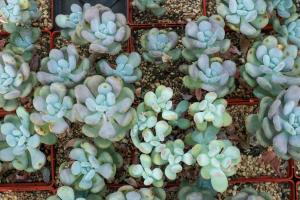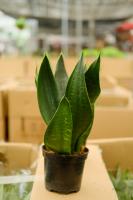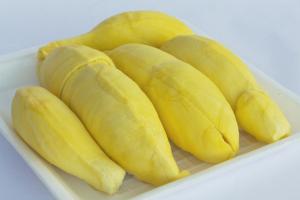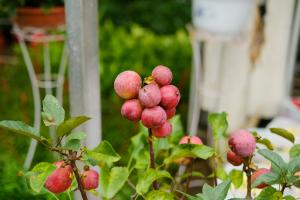How Much Water on Earth is Plant Available
Water is an essential resource for all forms of life on Earth. It is the key to the survival and growth of plants, animals, and humans. However, not all water on Earth is suitable for plant growth. Plant-available water is the amount of water that is absorbed by plant roots and is available for plant metabolic processes. In this article, we will explore how much water on Earth is plant available.
The Water Distribution on Earth
The total volume of water on Earth is estimated to be around 1.4 billion km3. Out of this, only a small fraction of water is available for plant growth. Around 97% of the Earth's water is salty and found in oceans, while the remaining 3% is freshwater. However, out of the freshwater, only 0.3% is available on the surface of the Earth, and the rest is found in glaciers, ice caps, and underground. Therefore, the total amount of plant-available water is relatively small compared to the total volume of water on Earth.
The Importance of Plant-Available Water
Plant-available water is essential for the growth and productivity of plants. It is the primary factor that determines plant growth in arid and semi-arid regions, where water scarcity is a common issue. Water stress can affect plant growth and development by reducing photosynthesis, nutrient uptake, and cellular metabolism. Therefore, understanding the availability and distribution of plant-available water is crucial for sustainable agriculture and ecosystem management.
The Factors Influencing Plant-Available Water
The amount of plant-available water depends on several factors, including soil characteristics, climate, and land use. Soil texture, structure, and organic matter content influence the water holding capacity and infiltration rate of the soil, affecting the availability of water for plants. Climate factors such as precipitation, temperature, and wind affect the water balance of the soil, determining the amount and frequency of water supply. Land use practices such as irrigation, land management, and vegetation cover can also alter the amount and distribution of plant-available water.
The Global Distribution of Plant-Available Water
The global distribution of plant-available water varies significantly between different regions and continents. Regions with high precipitation rates such as tropical rainforests, temperate zones, and coastal areas generally have high plant-available water. However, arid and semi-arid regions such as deserts, steppes, and savannas have limited plant-available water, which limits the productivity and diversity of plant communities. Around 40% of the global land area is arid or semi-arid, affecting more than 2 billion people globally.
The Role of Technology in Enhancing Plant-Available Water
Technology has played a significant role in improving the availability and efficiency of plant-available water. Irrigation systems, such as drip irrigation and sprinkler irrigation, can provide water to crops in water-stressed areas, increasing crop yields and food security. Land management practices such as conservation tillage, cover crops, and crop rotation can enhance the water holding capacity and infiltration rate of the soil, improving the availability of plant-available water. New technologies such as precision agriculture, remote sensing, and data analytics can provide real-time information on soil moisture levels, crop growth, and water use efficiency, enabling farmers and land managers to optimize water use and crop productivity.
The Future of Plant-Available Water
The availability and distribution of plant-available water are expected to change in the future due to climate change, population growth, and land use changes. Global warming is likely to result in more frequent and severe droughts in some regions, reducing the amount of plant-available water. Population growth and urbanization are likely to increase the demand for water for domestic, industrial, and agricultural use, putting pressure on existing water resources. Therefore, sustainable management of plant-available water is crucial for ensuring food security, ecosystem health, and human well-being.
Conclusion
In conclusion, plant-available water is a critical resource for plant growth and productivity. However, only a small fraction of the Earth's water is available for plants, and its distribution varies significantly between regions. Understanding the factors influencing plant-available water and using innovative technologies and management practices can improve its availability and efficiency. The future of plant-available water depends on our ability to mitigate climate change, reduce water demand, and promote sustainable management practices.

 how many times do yo...
how many times do yo... how many planted tre...
how many planted tre... how many pine trees ...
how many pine trees ... how many pecan trees...
how many pecan trees... how many plants comp...
how many plants comp... how many plants can ...
how many plants can ... how many plants and ...
how many plants and ... how many pepper plan...
how many pepper plan...































